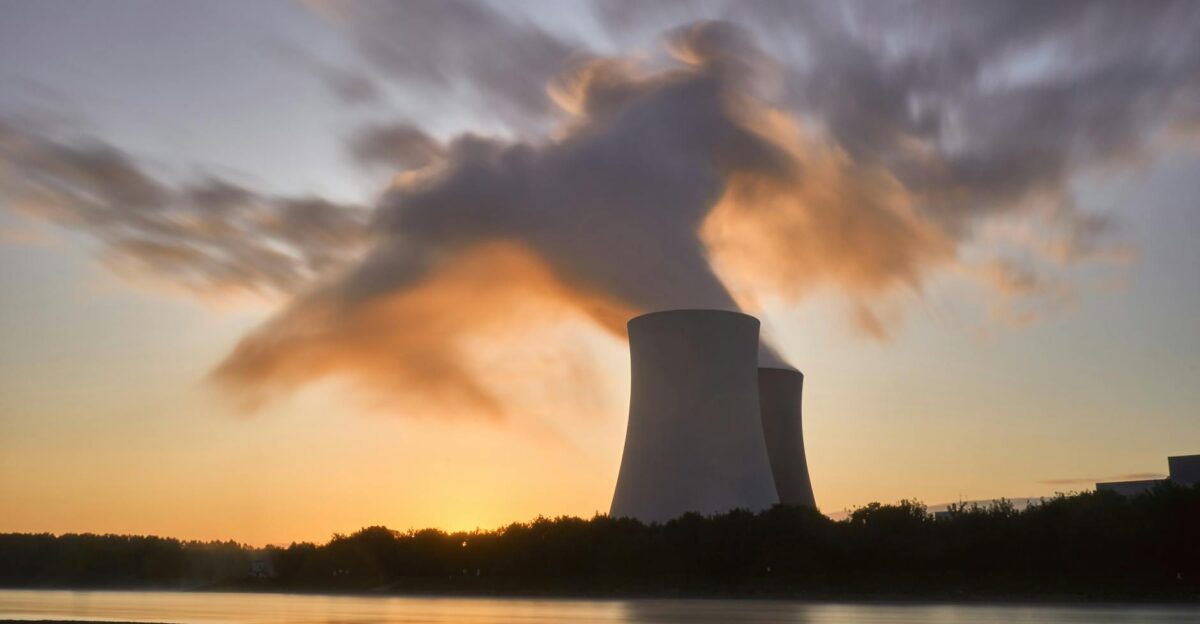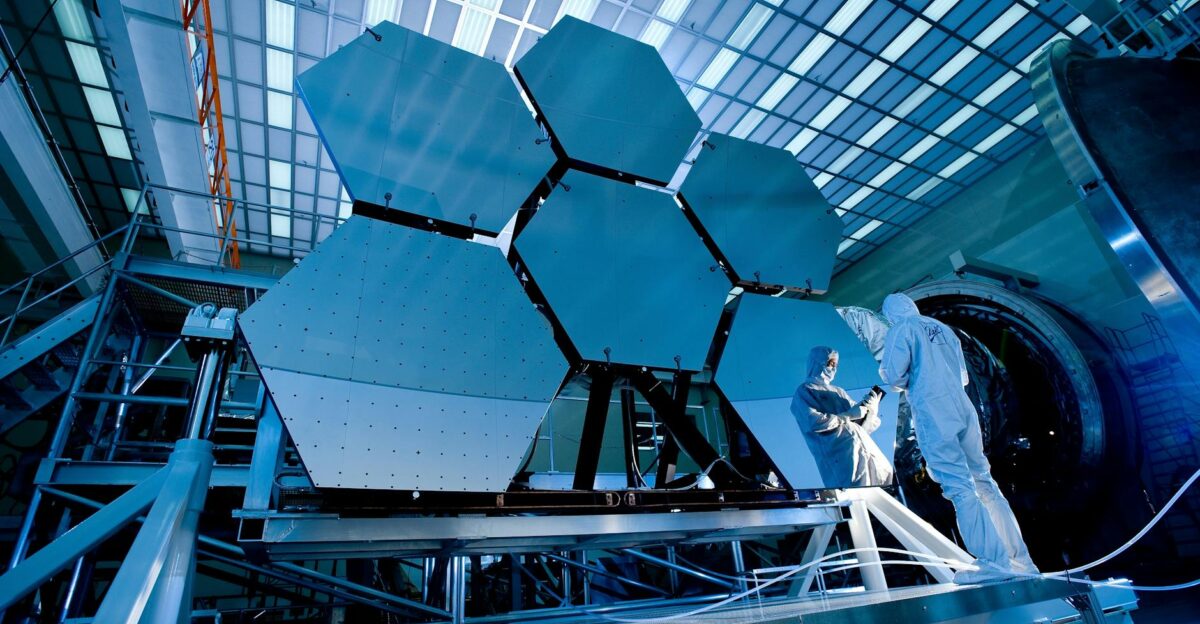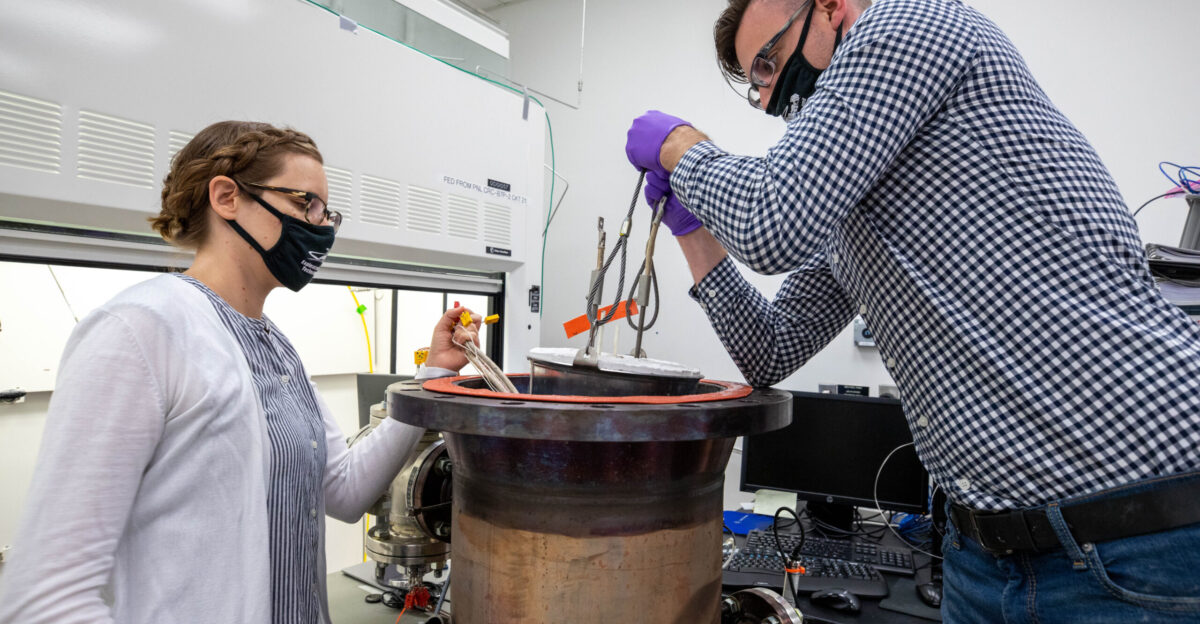
NASA’s interim chief Sean Duffy has ordered the agency to build a 100-kilowatt (kW) nuclear reactor on the Moon by 2030, dramatically speeding up earlier plans for a 40-kW system by the early 2030s.
A 100-kW reactor could supply continuous power equivalent to roughly 80 American homes.
Beyond raw output, this reactor would be transformative: continuous power on the Moon is considered essential to sustain a permanent human presence under the Artemis program.
Achieving a year-round lunar base depends on such reliable energy.
Racing Clock

The push comes amid a spacepower rivalry. China and Russia have teamed up to deploy their own Moon reactor by the mid-2030s.
Duffy warns that the first nation with a lunar reactor could even declare “keep-out zones” around strategic sites, choking off rivals’ access.
The race for nuclear power on the Moon now carries high geopolitical stakes. What was once pure scientific exploration has become a contest over territory, resources and influence.
Nuclear Heritage

Space nuclear power has a long pedigree. The U.S. pioneered it: on June 29, 1961, the Transit 4A satellite became the first American spacecraft to carry a nuclear generator.
During the Cold War, the Soviet Union took the lead with dozens of nuclear-powered RORSAT satellites – 33 in all (31 with ~2 kW BES-5 reactors and two with 6 kW TOPAZ reactors).
By comparison, the U.S. launched only one reactor-powered craft: SNAP-10A in 1965, which produced about 500 watts and operated for 43 days before an electrical failure shut it down.
Modern Foundation

Recent technology breakthroughs have revived lunar nuclear prospects. The 2018 KRUSTY (Kilopower) experiment at Nevada’s National Nuclear Security Site ran a uranium-235 reactor at full power for 28 continuous hours.
Engineers deliberately induced pump and heat-pipe failures during the test – yet “the system continued to operate” without interruption.
This success (the first full-power space-reactor test in decades) proved the design’s stability under extreme conditions, essentially raising its readiness level.
Power Revelation

Duffy’s directive leaps from 40 kW to at least 100 kW – roughly a 150% increase over NASA’s 2022 plans.
A reactor this size could sustain dozens of facilities rather than just a small outpost. The timeline is supremely aggressive: NASA must name a program leader in 30 days and solicit industry proposals within 60 days.
The sense of urgency is obvious – as one senior NASA official put it, “It is about winning the second space race”, underscoring that this is viewed as a strategic must-win effort.
Market Eruption

Investors immediately took notice. Shares of nuclear industry firms jumped on the news: for example, BWX Technologies (a naval reactor supplier) spiked roughly 18%, and emerging reactor start-ups like Oklo saw double-digit gains.
The broader market followed: the VanEck Uranium ETF (NLR) is up nearly 50% year-to-date, far outpacing traditional energy indexes.
Nuclear has become the hottest energy trade of 2025.
This influx of capital is creating new factories, mining projects, and engineering teams that could supply both terrestrial and space reactors.
Human Story

Duffy put it plainly: “We are in a race… a race to the Moon with China. To have a base on the Moon, we need energy. Energy is important… this technology is critically important,” he told reporters.
The acting NASA chief was emphasizing that reliable power on the lunar surface is synonymous with influence. His words resonated among Moon mission teams who know a reactor’s reliability could make or break long stays.
As one lunar engineer noted: “Without steady power, there is no permanent Moon base.” This human perspective highlights why many space planners now see a nuclear reactor as essential infrastructure for any future colony.
Industrial Response

Industry is scrambling. In 2022, NASA awarded three $5-million contracts for 40-kW reactor prototypes (with BWX, Westinghouse, and Ultra Safe Nuclear) – essentially seed money for initial designs.
Now the 100-kW goal has opened a full competition.
Companies report “around-the-clock” work on proposals: one project manager said his team was “working 24/7” to adapt existing designs.
The pressure is immense: firms must prove they can deliver a flight-ready 100-kW system by 2030, a timeline experts call “extremely aggressive”.
Technology Convergence

The lunar push coincides with booming interest in nuclear power on Earth. Power demands from AI data centers are projected to skyrocket – Goldman Sachs forecasts roughly a 165% increase by 2030.
Investors have taken note: the VanEck uranium/nuclear ETF is up about 50% year-to-date.
This capital inflow is building industrial capacity – factories, trained engineers, fuel supply chains – that could be leveraged for space reactors. In other words, the renaissance of nuclear power at home is providing momentum and resources for lunar ambitions.
Budget Paradox

Yet NASA’s nuclear leap comes amid a deep budget squeeze. The White House is proposing to cut NASA’s overall budget by about 25% and slash science funding by ~47% – the largest cuts NASA has seen in decades.
Already, over 2,000 senior NASA scientists and engineers (nearly all those eligible) have left under buyouts.
Policy analyst Casey Dreier warned, “You’re losing the managerial and core technical expertise of the agency”.
One recently departed NASA engineer summed up the mood: “Things just sound like it’s going to get worse.” This stark mismatch – grand goals but shrinking staff – raises serious doubts about NASA’s capacity to meet the 2030 deadline.
Congressional Pushback

Congressional reaction was swift. Senate and House Democrats (led by Sen. Adam Schiff and Rep. Zoe Lofgren) blasted the administration’s deep cuts as unconstitutional “impoundment” of funds approved by Congress.
Meanwhile, all seven living former NASA science chiefs signed an unprecedented letter warning that Trump’s cuts would “severely [damage] a peerless…workforce” and “end dozens of missions”.
Space advocacy groups joined in – the Planetary Society called the proposed science cuts “an extinction-level event” for NASA’s programs.
The end result is a political showdown over who should steer NASA’s course.
Leadership Transition

In this charged atmosphere, NASA’s leadership has also been in flux. The administration tapped Transportation Secretary Sean Duffy – a former TV personality and congressman with no prior space experience – to serve as interim NASA administrator.
Duffy retains his cabinet role while running NASA, replacing Janet Petro (the former KSC director), who had been acting chief since January.
Critics note that Duffy is a political loyalist rather than a space industry veteran, reflecting the administration’s preference for a trusted insider in this pivotal period.
Recovery Strategy

With the directive signed, NASA is kicking into high gear. The agency has resurrected the long-dormant Fission Surface Power (FSP) project, pouring resources and urgency into it.
Internal memos describe streamlined review processes and parallel testing to save time.
Industry sources say reactor teams are “working around the clock” on proposals. Engineers report pulling parts from existing Kilopower reactor designs and scaling them up to meet the 100-kW target.
Years of planning are being compressed into a matter of months to try to hit the 2030 goal.
Expert Skepticism

Not everyone is convinced this accelerated approach is wise. Space policy analysts caution that compressing decades of development into a few years risks cutting corners.
“We’re in uncharted territory,” said one former NASA official, noting that nuclear reactors require exhaustive testing for safety and reliability.
Some experts worry that political urgency may override standard engineering prudence.
With NASA’s ranks thinned by departures, skeptics ask whether the agency can conduct the necessary oversight. In short, there are fears that haste could lead to costly mistakes.
Strategic Stakes

The stakes could not be higher. A lunar reactor is more than a generator – it can effectively control territory. The Moon’s polar regions are believed to hold water ice, helium-3 (a potential fusion fuel), and rare metals.
A U.S. reactor placed near these deposits would power large-scale mining and base operations that rivals could not easily approach.
The first nuclear outpost allows America to project de facto influence over large areas of the Moon – all without directly violating treaties.
First-mover nuclear infrastructure could therefore cement U.S. leadership in lunar resource use for decades to come.
Legal Complications

Even so, legal lines are blurry. The 1967 Outer Space Treaty forbids national claims on the Moon, yet it also imposes an obligation to avoid harmful contamination.
It is silent on nuclear reactors and potential “safety zones” around them.
The U.S.-led Artemis Accords (signed by 43 nations) envision voluntary “safety zones” around lunar installations, but these are non-binding and untested.
Any reactor would prompt complex questions: Who decides where a keep-out zone can extend? How will compliance be verified? The international law thus far provides no clear answers.
International Ripples

Global space programs are taking note.
European partners have welcomed NASA’s urgency but are also concerned about being locked out of future lunar resources. India and Japan – fellow Artemis signatories – may accelerate their own reactor plans to stay competitive.
Meanwhile, the Sino-Russian partnership is deepening: combining Russia’s RORSAT reactor expertise with China’s booming space launch capabilities creates a formidable tandem.
The Moon is becoming a multipolar arena: U.S. moves will ripple through all the major space powers.
Environmental Questions

Deploying reactors on a pristine world raises hard questions. Planetary protection policies seek to avoid even chemical contamination; adding radioactivity is a new frontier.
Lunar regolith is not known to host life, but critics worry about introducing radioactive materials.
Moreover, a decade-long reactor will produce spent fuel that must be stored on the Moon – effectively creating a permanent nuclear waste site.
Some scientists argue that such irreversible contamination should not be allowed until strict international rules are in place. The debate is just beginning.
Generational Shift

Part of the drive reflects a generational change in perspective. Cold War astronauts focused on flags and firsts; today’s space engineers look at practical infrastructure.
Younger planners see lunar nuclear power as “just another utility,” essential for sustained exploration, not a sci-fi fantasy.
They have grown up amid climate crises and tech revolutions, which makes them more comfortable with advanced nuclear solutions to big problems.
This shift in attitude is pushing timelines and risk tolerance well beyond what NASA managers of old might have accepted.
New Paradigm

In sum, NASA’s 2030 reactor push marks a turning point. It signals that space is now squarely a domain of great-power competition, not just peaceful science.
The Moon project has moved from methodical exploration to an urgent geopolitical mission.
Whether the United States can overcome internal cuts and technical hurdles to get a reactor on the Moon in five years will say a lot about who leads the next frontier.
If successful, America would cement its role as the dominant lunar power for decades to come.